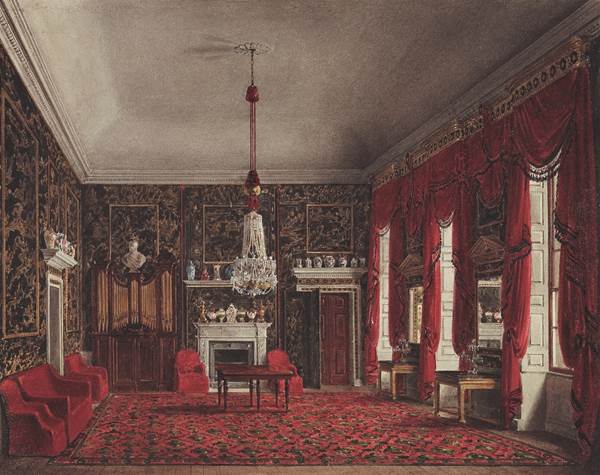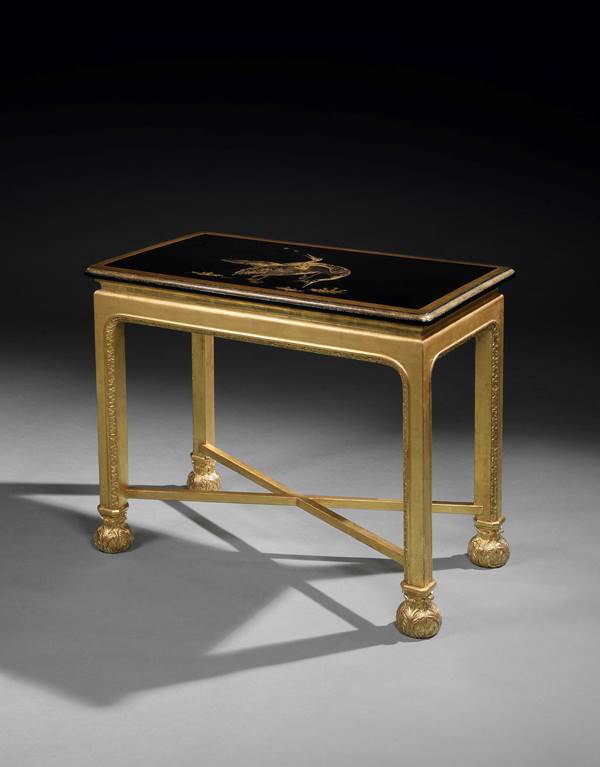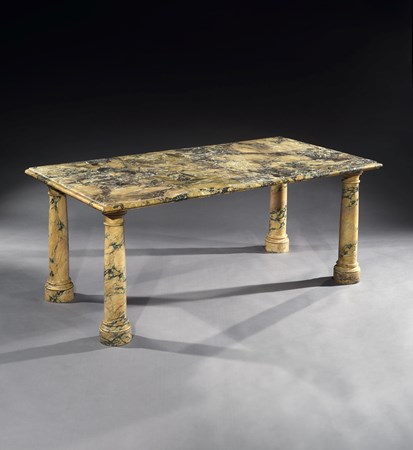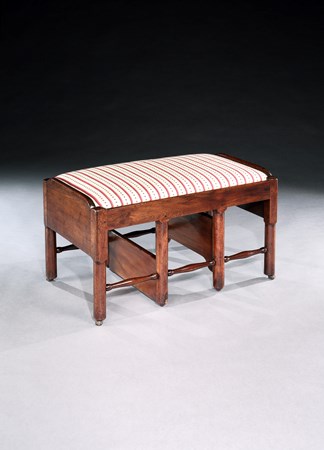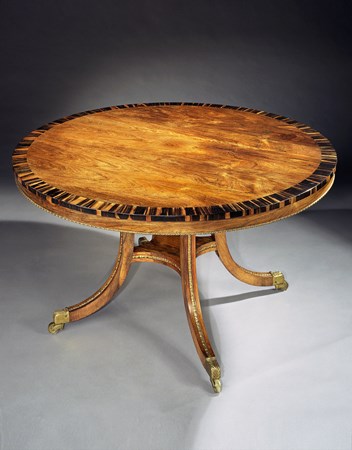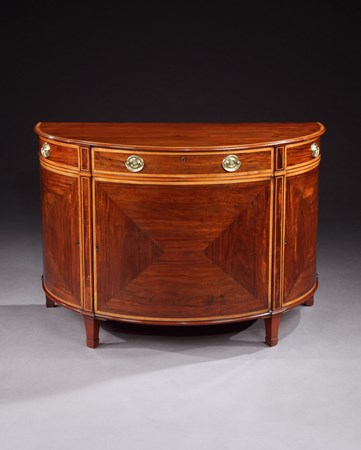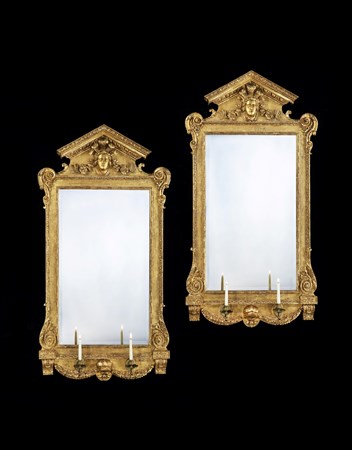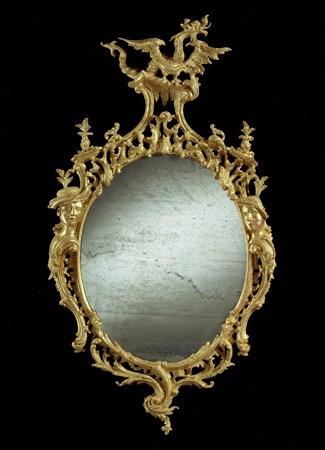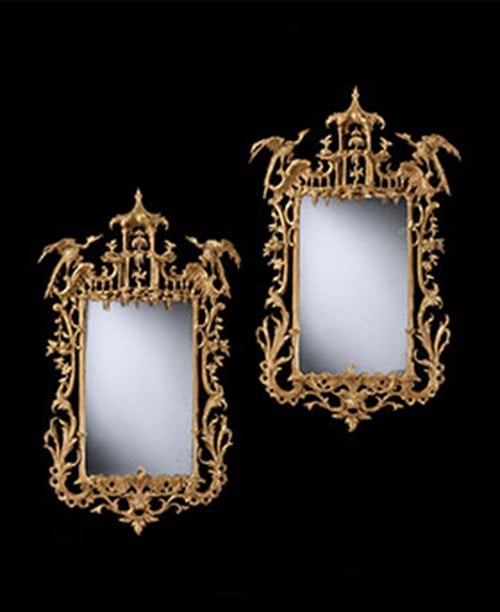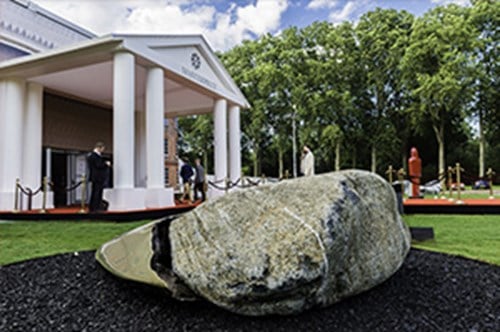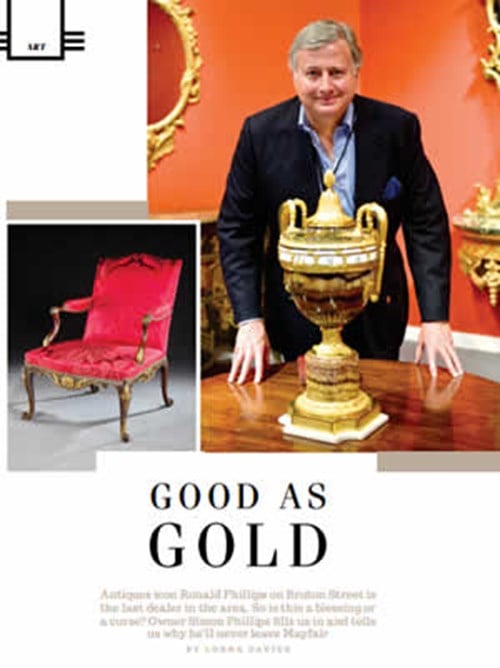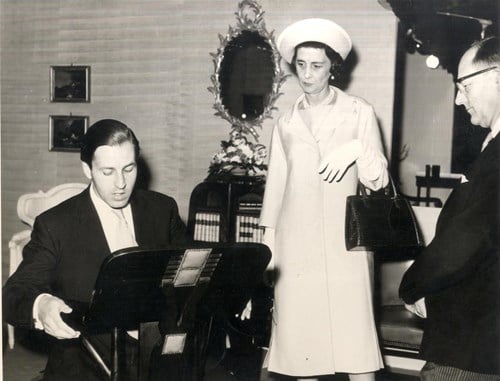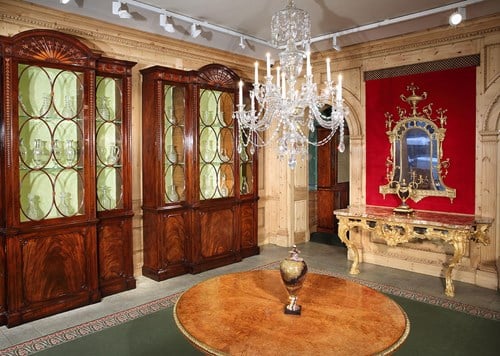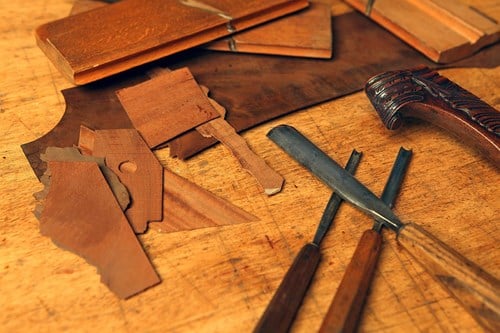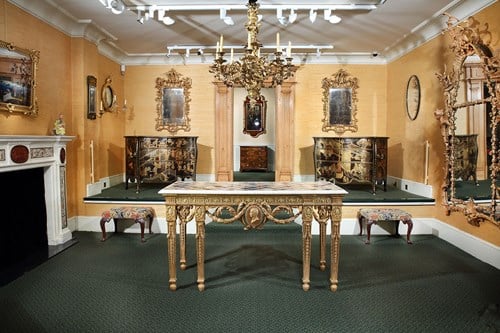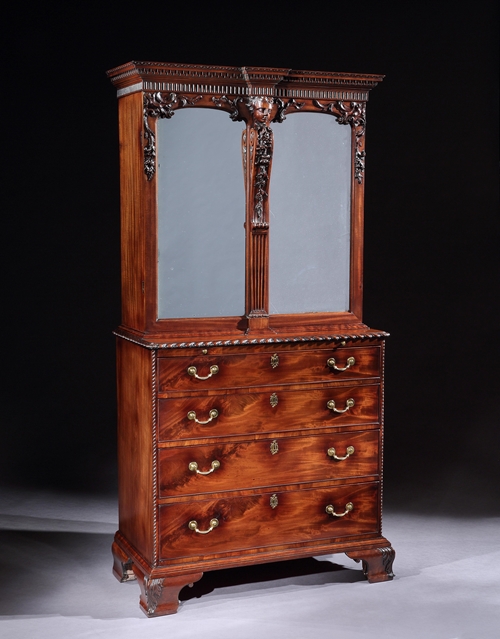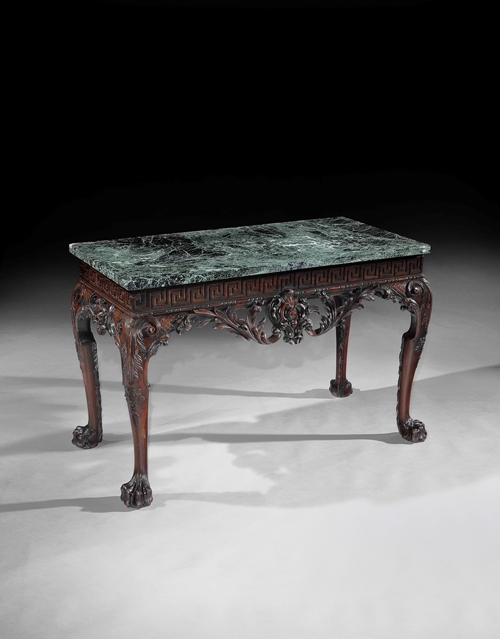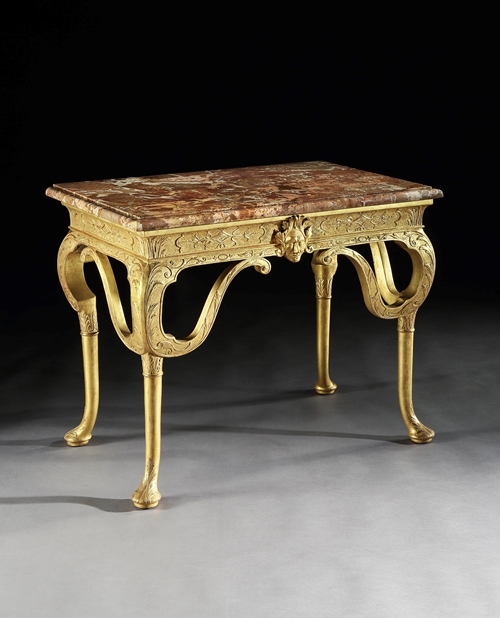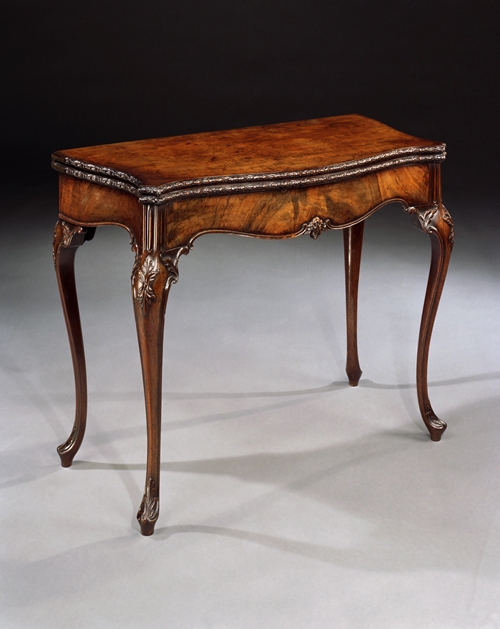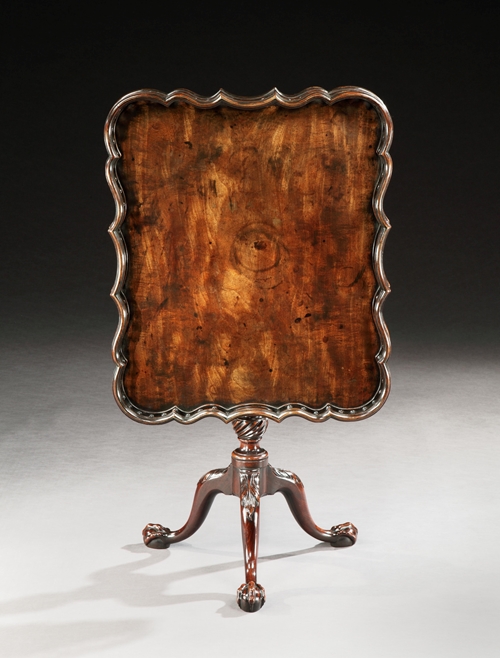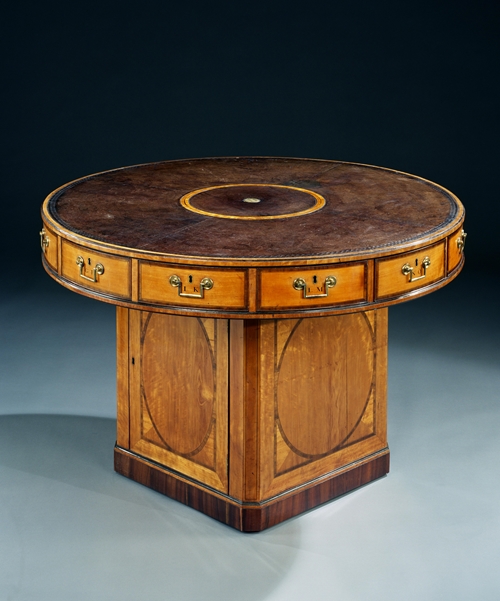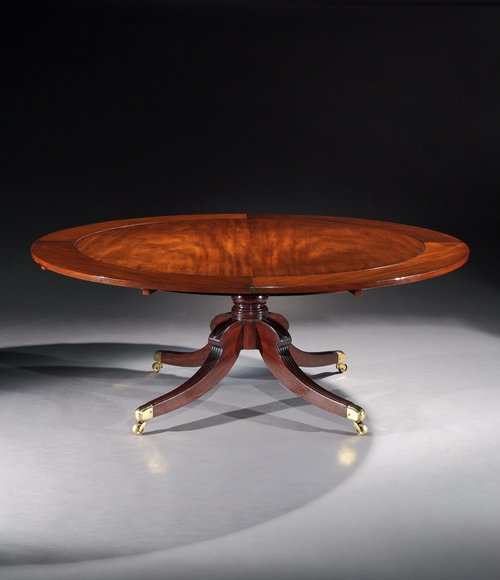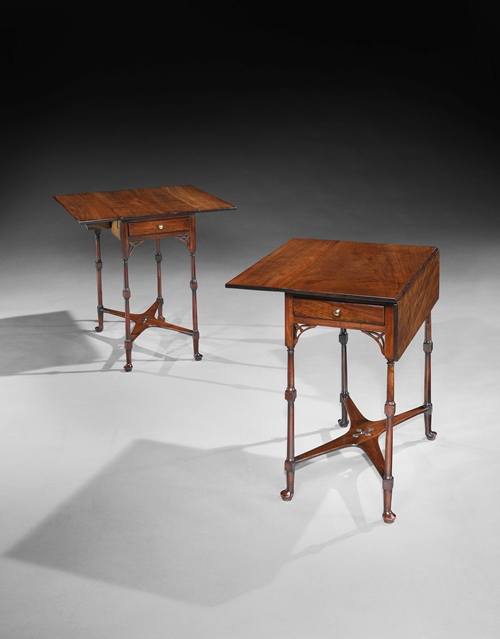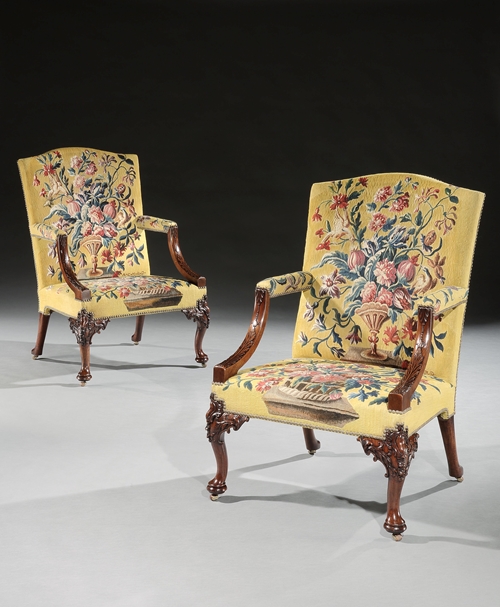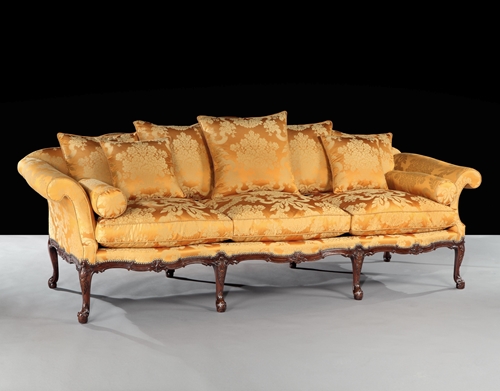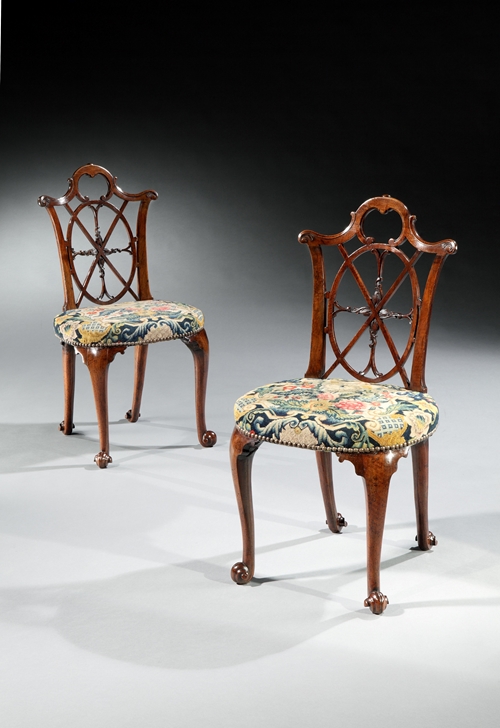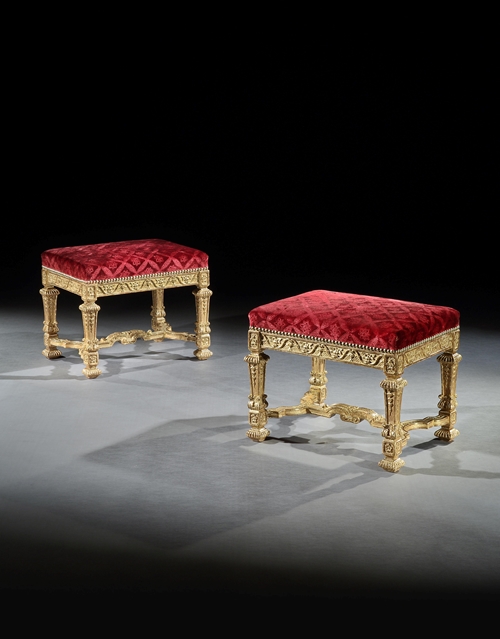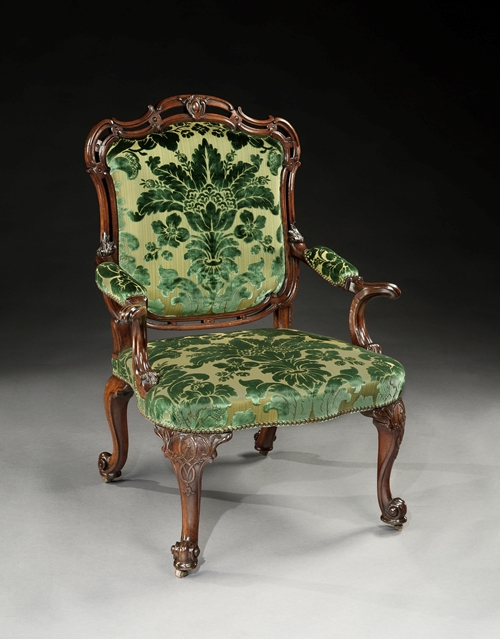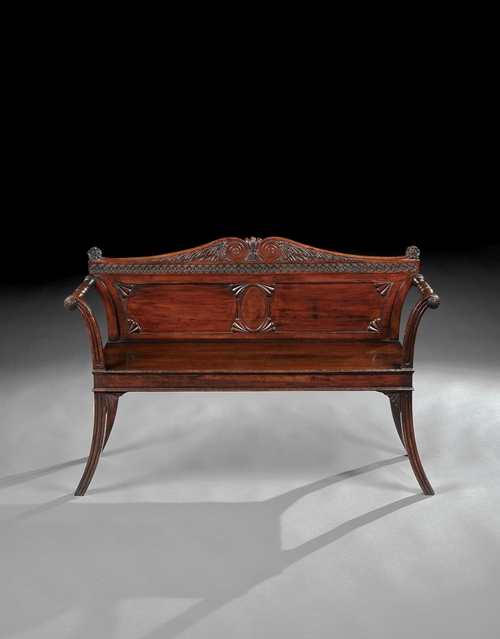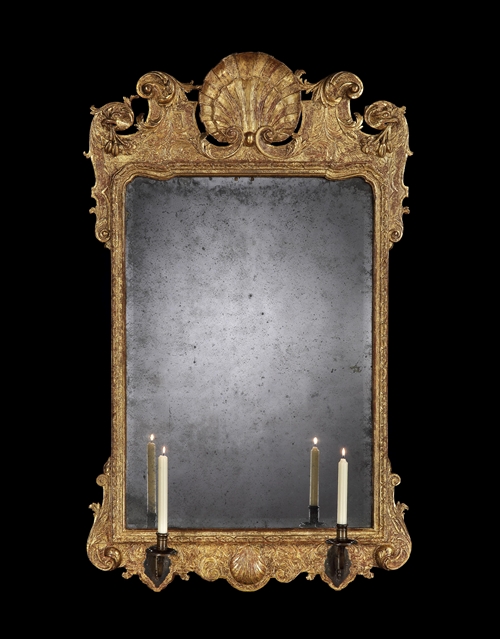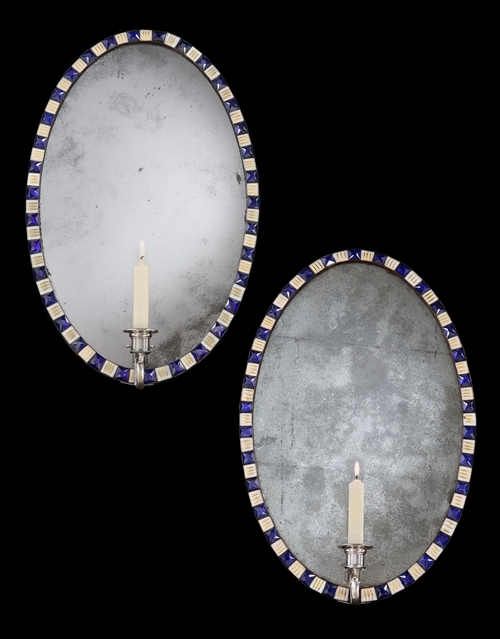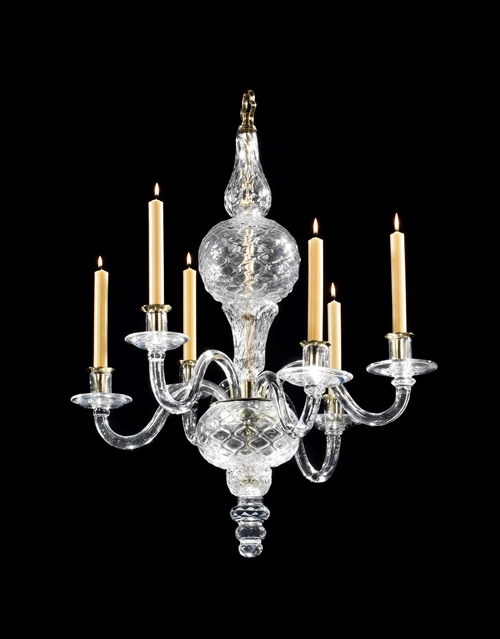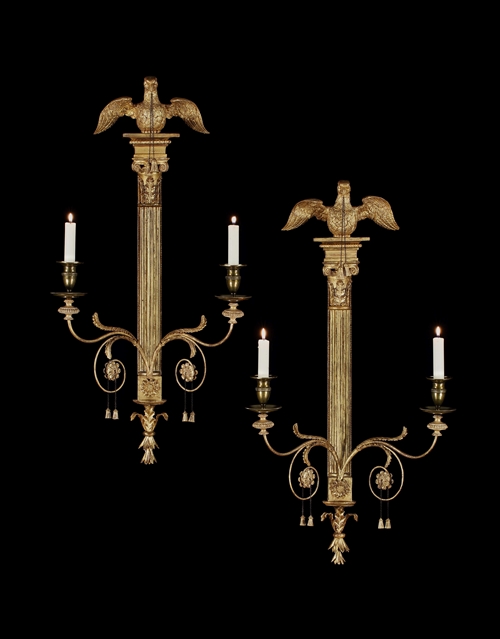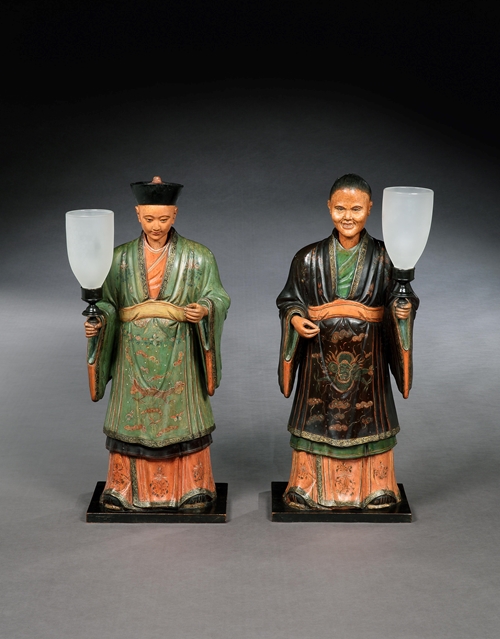Note: Restoration to the table base has revealed the original clay preparation with some of the original gilding, to which more gold leaf has been added during conservation. One carved bulbous toe is a restoration. Four locating blocks have been reinstated to their original position. The X-stretcher is original.
The Japanese lacquer depicts two cranes worked in raised lacquer and finely gilded. The central placement of the birds is unusual for Japanese design; usually decoration is on the sides of panels, not the centre. Also unusual is that the core wood of the top is soft pine, despite the table dating to the 18th century. Lacquer tops are generally made of harder wood, often oak or denser pine. These unusual features suggest that the lacquer has been reused from an earlier piece of furniture, such as the top of a cabinet.
A Japanese lacquer cabinet in the Royal Collection at Buckingham Palace, London, and originally one of a pair, features virtually identical cranes on the front, and the sprinkled border around its doors is identical to the border on the table top. The interior of the cabinet has been stripped of its drawers, shelves have been inserted, and most interestingly the lacquer surfaces on both the inside of the doors and the top of the cabinet have been removed.
The Lord Chamberlain’s accounts for the year 1703/4, early in the reign of Queen Anne, show payments to the cabinet-maker Gerrit Jensen for £10,
for taking the tops backs and inside of the Doores of two large Indian Cabinetts, and the Drawers out & making three shelves and quilting the Inside with crimson Sarsnett.
The lacquer panels were intended for two new tables for Kensington Palace, London, but Queen Anne died in 1714 before the work could be completed. Her apartments were subsequently completed by George I, and an entry in the Lord Chamberlain’s accounts for 1715 confirms that two carved and gilt stands were supplied by James Moore for Kensington Palace in that year.
The tables were moved at some stage between the reigns of George I and George IV, and early in Queen Victoria’s reign were recorded in one of W. H. Pyne’s watercolours between the windows of the Queen’s Breakfast Room in Buckingham Palace. Their outline conforms to our table.
Today neither table is recorded in the Royal Collection, and the whereabouts of the companion table is unknown.
-
Provenance
By repute, George I, for Kensington Palace, London, supplied by James Moore, 1715.
Looking for something similar? YOU MAY ALSO LIKE
YOU HAVE RECENTLY VIEWED ITEMS
Make an enquiry
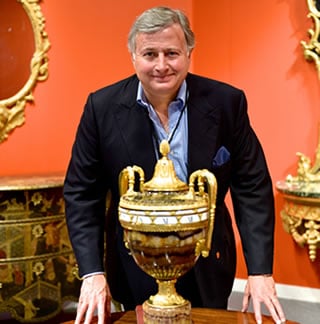
- CAN WE HELP YOU?
- +44 (0)20 7493 2341
- [email protected]

